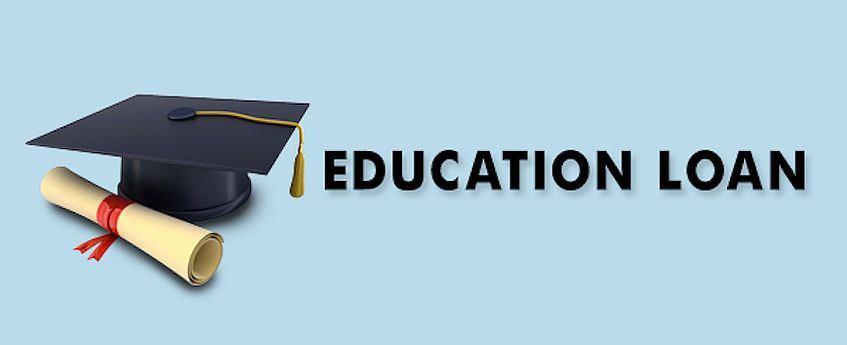Education Loan in India: A Comprehensive Guide
What is an Education Loan?
An education loan is a financial assistance program designed to help students cover the cost of higher education, including tuition fees, books, accommodation, and other related expenses. In India, both public and private sector banks, along with non-banking financial companies (NBFCs), offer education loans at competitive interest rates.
Types of Education Loans in India
Domestic Education Loan – For students pursuing higher education within India.
Overseas Education Loan – For students planning to study abroad.
Undergraduate Loan – Covers undergraduate courses in various fields.
Postgraduate Loan – Provides financial assistance for postgraduate programs like MBA, MS, etc.
Vocational and Skill Development Loan – Supports short-term courses for skill enhancement.
Loans for Executive Education – Designed for working professionals enrolling in executive programs.
Eligibility Criteria
The eligibility for an education loan varies by lender, but common requirements include:
The applicant must be an Indian citizen.
Admission to a recognized institution in India or abroad.
A co-applicant (parent/guardian) is usually required.
Good academic record and entrance exam qualifications, if applicable.
Documents Required
Admission letter from the educational institution.
KYC documents (Aadhar, PAN, etc.).
Academic records (mark sheets, certificates, etc.).
Income proof of co-applicant.
Collateral documents (if applicable).
Interest Rates & Repayment
Interest rates typically range between 8% to 15% depending on the lender.
Some banks offer a moratorium period (course duration + 6 months to 1 year) before repayment starts.
Repayment tenure ranges from 5 to 15 years.
The government provides interest subsidy for economically weaker sections under schemes like CSIS (Central Sector Interest Subsidy Scheme).
Loan Limits: With and Without Collateral
Without Collateral (Unsecured Loan): Up to ₹7.5 lakh for domestic education, and up to ₹40 lakh for overseas education, depending on the lender.
With Collateral (Secured Loan): Can range from ₹10 lakh to ₹1.5 crore, depending on the lender, the value of collateral, and the course/institution.
Popular Banks & Lenders Offering Education Loans
Government Schemes & Subsidies
Central Sector Interest Subsidy (CSIS) – Interest subsidy for economically weaker sections.
Dr. Ambedkar Interest Subsidy Scheme – For overseas studies for OBC and EWS students.
Padho Pardesh Scheme – For minority community students studying abroad.
Vidya Lakshmi Portal
The Vidya Lakshmi Portal is a government initiative to simplify the education loan application process. It serves as a one-stop platform for students seeking education loans from various banks. Features of the portal include:
Single application for multiple banks.
Availability of loan schemes from different banks.
Online tracking of loan applications.
Integration with the National Scholarship Portal for scholarships.
Students can visit www.vidyalakshmi.co.in to apply for loans and track their applications seamlessly.
How to Apply?
Research and Compare – Check interest rates, repayment terms, and eligibility.
Choose a Lender – Select the bank or NBFC that suits your needs.
Submit Application – Fill out the application form online or offline.
Document Verification – The bank will verify the submitted documents.
Loan Approval & Disbursement – Once approved, the loan amount is disbursed directly to the institution.
Conclusion
Education loans provide an excellent opportunity for students to pursue their academic dreams without financial constraints. With flexible repayment options and government subsidies, these loans make higher education accessible to many. Always compare different lenders before making a decision to find the best terms for your needs.
For more details, check with your preferred bank or visit the official websites of financial institutions.

